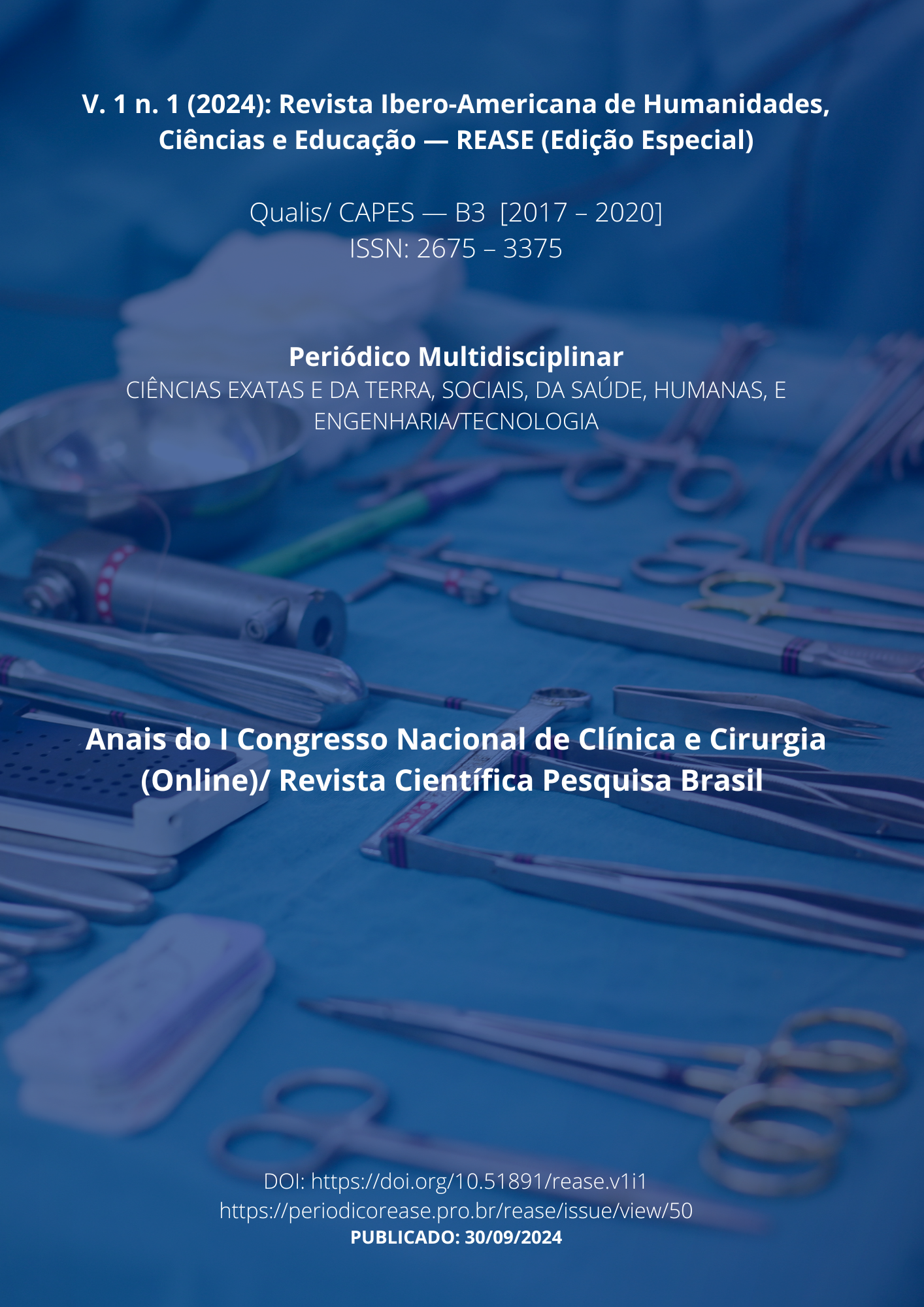ADVANCES IN SURGICAL TREATMENT OF THORACIC AORTIC ANEURYSM: COMPARISON BETWEEN ENDOVASCULAR TECHNIQUES AND OPEN SURGERY
DOI:
https://doi.org/10.51891/rease.v1i01.15984Keywords:
Thoracic aortic aneurysm, endovascular surgery, open surgery.Abstract
Introduction: Thoracic aortic aneurysms (TAA) represent a serious condition with a high risk of rupture and associated mortality. Surgical treatment aims to prevent rupture, and the two main approaches are open surgery and endovascular techniques. The choice of procedure depends on several factors, such as the location of the aneurysm, the patient's clinical condition, and surgical expertise. In recent years, endovascular techniques, such as stent graft placement (TEVAR), have stood out for their less invasiveness and faster recovery, although open surgery continues to be indicated for more complex cases. Objective: The objective of this integrative review is to compare recent advances in the surgical treatment of thoracic aortic aneurysms, with an emphasis on the efficacy, complications, and clinical outcomes of endovascular techniques compared to open surgery. Methodology: An integrative review was performed in the PubMed, Scopus, and Web of Science databases, covering articles published between 2010 and 2023. The inclusion criteria included comparative studies between endovascular techniques and open surgery in patients with TAA. Clinical trials, cohort studies, and systematic reviews that evaluated intraoperative complications, length of hospital stay, mortality, and long-term outcomes were analyzed. After screening, 28 studies were selected for analysis. Results and Discussion: The analysis revealed that endovascular techniques (TEVAR) are associated with shorter hospital stay, reduced postoperative complications, and faster recovery when compared to open surgery. However, patients undergoing open surgery had better results in terms of repair durability and a lower long-term reintervention rate, especially in complex aneurysms or those located in more distal segments of the aorta. Despite the advantages of the endovascular technique, complications such as endoleaks and the need for new interventions are still challenging issues. Careful patient selection is crucial to determine the most appropriate technique. Conclusion: Advances in endovascular techniques represent an important evolution in the treatment of thoracic aortic aneurysms, offering a less invasive option with good short-term results. However, open surgery remains the gold standard in more complex cases and in cases where endovascular access is difficult. The choice between approaches should be based on the individual characteristics of the patient and the complexity of the aneurysm.
Downloads
Downloads
Published
How to Cite
Issue
Section
License
Atribuição CC BY

